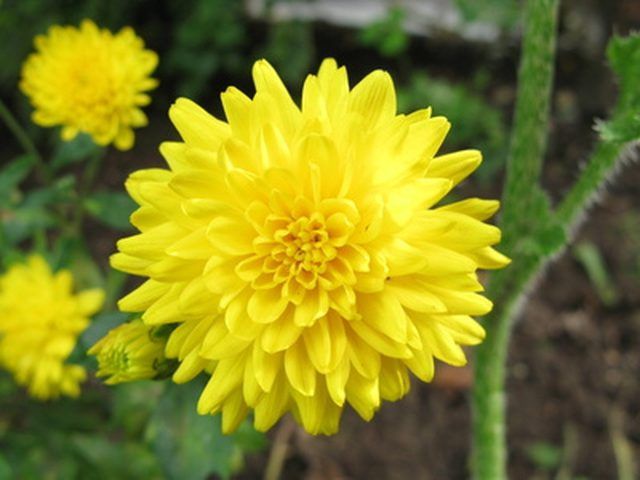Bulbs
Flower Basics
Flower Beds & Specialty Gardens
Flower Garden
Garden Furniture
Garden Gnomes
Garden Seeds
Garden Sheds
Garden Statues
Garden Tools & Supplies
Gardening Basics
Green & Organic
Groundcovers & Vines
Growing Annuals
Growing Basil
Growing Beans
Growing Berries
Growing Blueberries
Growing Cactus
Growing Corn
Growing Cotton
Growing Edibles
Growing Flowers
Growing Garlic
Growing Grapes
Growing Grass
Growing Herbs
Growing Jasmine
Growing Mint
Growing Mushrooms
Orchids
Growing Peanuts
Growing Perennials
Growing Plants
Growing Rosemary
Growing Roses
Growing Strawberries
Growing Sunflowers
Growing Thyme
Growing Tomatoes
Growing Tulips
Growing Vegetables
Herb Basics
Herb Garden
Indoor Growing
Landscaping Basics
Landscaping Patios
Landscaping Plants
Landscaping Shrubs
Landscaping Trees
Landscaping Walks & Pathways
Lawn Basics
Lawn Maintenance
Lawn Mowers
Lawn Ornaments
Lawn Planting
Lawn Tools
Outdoor Growing
Overall Landscape Planning
Pests, Weeds & Problems
Plant Basics
Rock Garden
Rose Garden
Shrubs
Soil
Specialty Gardens
Trees
Vegetable Garden
Yard Maintenance
How to Use Chrysanthemums for Garden Pest Control
How to Use Chrysanthemums for Garden Pest Control. Chrysanthemums are among the most varied and versatile flowers. They come in a broad assortment of colors, including purple, bronze, yellow and pink, as well as variety of types, such as daisy mums, spider mums and thistle mums. Chrysanthemums are relatively hardy flowers that require little...

Chrysanthemums are among the most varied and versatile flowers. They come in a broad assortment of colors, including purple, bronze, yellow and pink, as well as variety of types, such as daisy mums, spider mums and thistle mums. Chrysanthemums are relatively hardy flowers that require little special care or attention. In addition to possessing a pleasing appearance and being easy to care for, all chrysanthemums contain chemicals called pyrethins. Pyrethins repel insects, but are less toxic to mammals and birds than synthetic insecticides, and are safe around food. For these reasons, chrysanthemums can be useful for garden pest control.
Things You'll Need
Chrysanthemums
Scissors or clippers
Mortar
Pestle
Lidded container
Select chrysanthemum plants suited for your region. View a USDA. Plant Hardiness Zone map to find out which zone you live in. Choose chrysanthemum varieties that will thrive in your zone.
Use chrysanthemums plants to create low borders around the perimeter of your garden. Leave 12 to 18 inches of space between each chrysanthemum plant.
Plant chrysanthemums throughout the interior of your garden as well as around its perimeter. Position them around other plants that are especially vulnerable to insects. Leave between 12 and 18 inches of space between the chrysanthemum plants and other plants.
Grow chrysanthemums in containers. Position the containers in places throughout your garden where it isn't possible to plant chrysanthemums directly in the ground.
Make an insect repelling powder with chrysanthemum flowers. Cut chrysanthemum flowers when they are fully bloomed using scissors or clippers. Place the flowers in a cool, dry place and leave them undisturbed until they dry completely. Grind the dried flowers to a powder with a mortar and pestle. Distribute this insect-repelling powder throughout your garden wherever you want to keep bugs at bay. Store the unused powder in a lidded container in a cool, dark place.
Tips & Warnings
Chrysanthemums are unlikely to thrive in shady, soggy areas. Plant them in sunny places throughout your garden.
Plant chrysanthemums in other places on your property besides the garden. They can be used to form low hedges around paths, to fill window boxes and to add color to flower beds around your home.